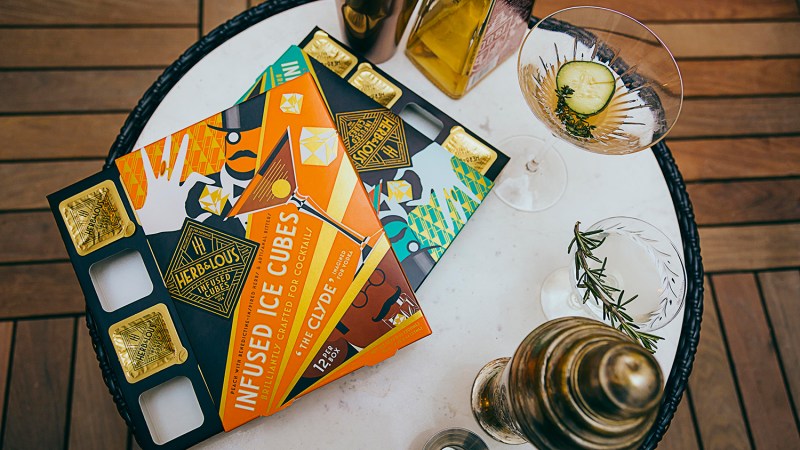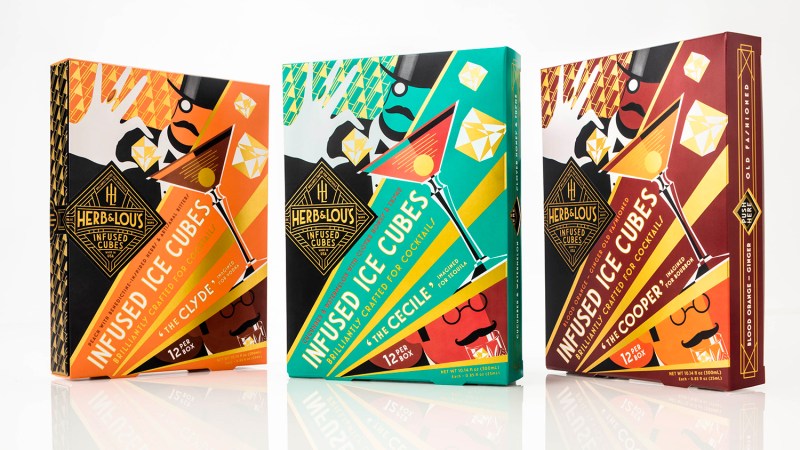After a long day of doing guy stuff, sometimes you’re just too tired to make a cocktail. Maybe your arms are dead from axe-throwing, or you spent all day hiking some intense trails just outside your city. Either way, the last thing you want to do is take the time to make up a cocktail while you relax for the evening. You just wish getting a cocktail was a simple as one, two, three. Well, with Herb & Lou’s Infused Ice Cubes you still have to do some work (pouring your spirit, putting infused ice cubes in it), but the actual work of making it into a cocktail has gone away.
According to their site, the recipes for these infused ice cubes come from one of the creators, Reid Rosenthal’s (yes, the one from The Bachelorette, if any of you out there watch it) grandfather, Herb, who made pre-batched drinks with his good friend Lou (sans liquor because they wanted to party more than they wanted to make drinks all night).

Sounds like they knew how to work smarter, not harder, if you ask us.
The grandsons of both Herb and Lou, decades later, resurrected their grandfathers’ recipes and turned them into these infused ice cubes.
Herb & Lou’s Infused Ice Cubes come in three different flavors, each geared toward a specific spirit. But, depending on what sort of drink you want to make, you can play around with flavor combinations (Have some extra añejo tequila sitting around and no whiskey? Boom, new cocktail).

The Clyde was imagined for vodka and tequila and is a blend of peach and Benedictine-inspired herbs and artisanal bitters. Also designed for vodka or tequila (or gin, if you ask us), the Cecile is cucumber and watermelon with clover honey and thyme. The third flavor, the Cooper, is aimed at bourbon and is a blood orange and ginger Old Fashioned cube. While the Clyde and Cecile are named after people, the Cooper is named after Herb’s dog.
To use them, all you need to do is freeze the individual cubes (or just freeze a whole tray knowing you’re going to want more than one cocktail). Once frozen, pop the cube out of its package into your spirit of choice and stir or shake it up. That’s it. You’re done. Cocktail City: population you.
Next time we’re tired, or just feeling lazy, we know we’re reaching for—after the whiskey, of course.



